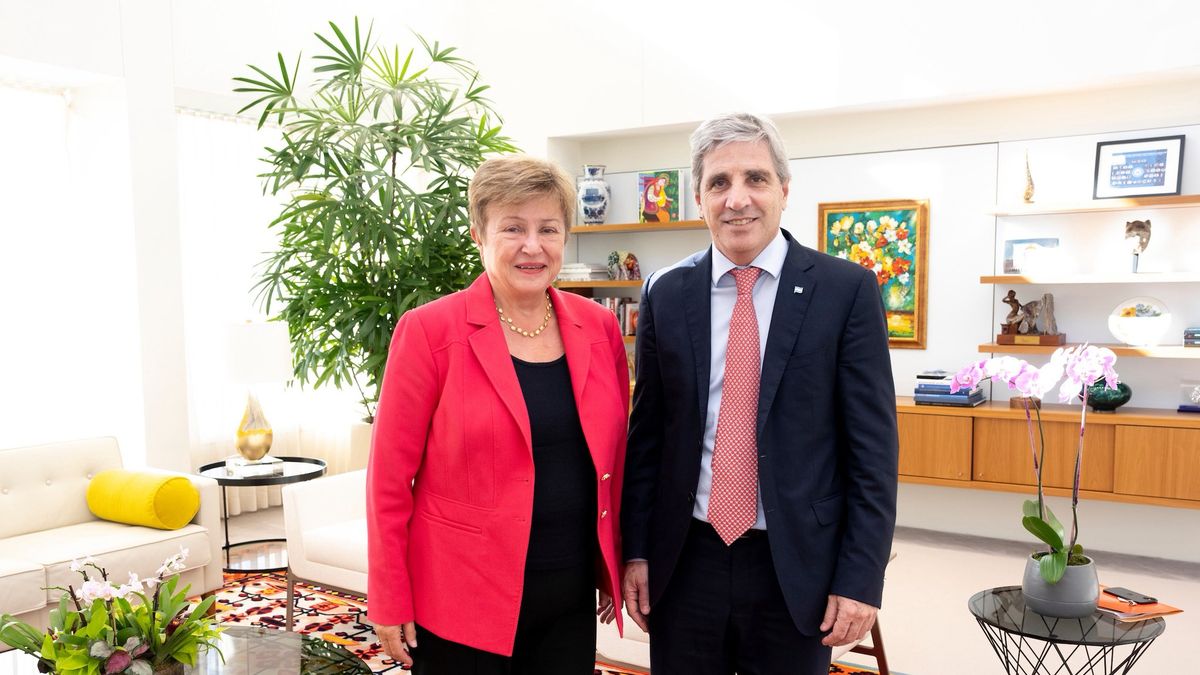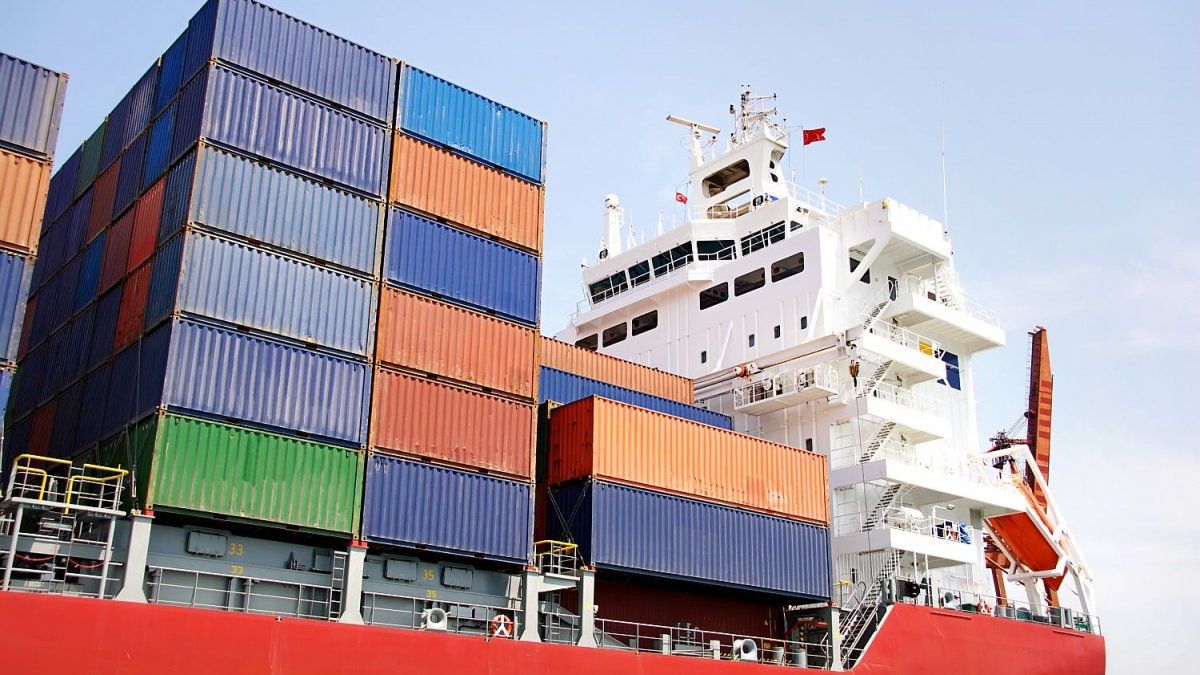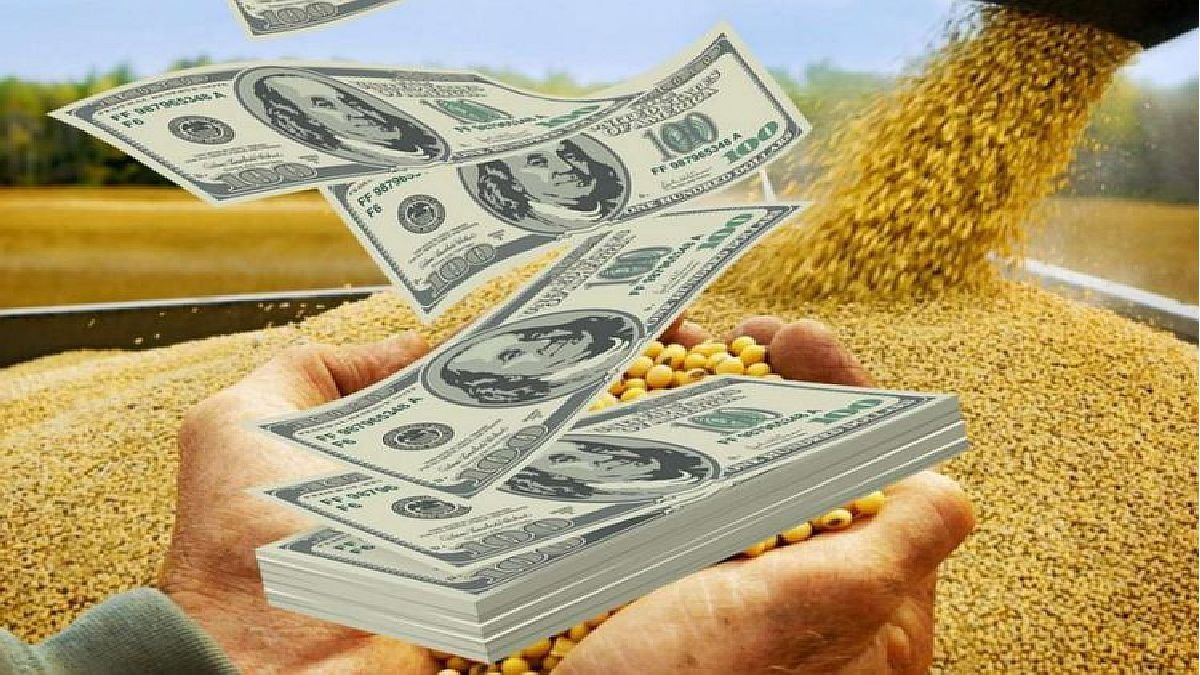Starting tomorrow, Sunday, around 30,000 politicians, diplomats and activists will discuss the fight against climate change in Glasgow, Scotland. The hopes for the 26th UN Climate Change Conference are high, as are the fear of failure. Not least because of this, demonstrations are taking place around the world for more efforts in climate protection. Here are the most important questions and answers about the world climate summit in Glasgow:
What is climate change?
The earth’s atmosphere has been heating up since people started burning the fossil fuels oil, gas and coal on a large scale – that is, since the industrial age at the end of the 19th century. When oil, gas and coal are burned, greenhouse gases are produced, especially CO2 (carbon dioxide), which act like a lid under which the air becomes hotter.
Where is the world today?
On average, it has already become 1.2 degrees warmer than it was at the beginning of the industrial age. The amount of CO2 in the atmosphere has increased by around 50 percent. Incidentally, not all regions are equally affected by the rise in temperature and thus also by the effects. In the Alps, for example, it is already around two degrees warmer than it was about 130 years ago.
Is there a red line that must not be crossed under any circumstances?
Yes. According to science, it is 1.5 degrees average warming. If this value is exceeded, the consequences such as melting ice on the polar caps, rising sea levels, more weather extremes would still be severe, but some coral reefs, for example, would still survive. The situation would be fairly manageable.
What does the Paris climate treaty say?
In 2015, the countries of the world agreed to limit warming to well below two degrees, if possible to 1.5 degrees, by the end of this century. There are a total of 195 contracting parties. As a result, they have put in place appropriate climate protection plans in order to achieve this goal.
Are the states’ plans sufficient?
No. According to the Intergovernmental Panel on Climate Change, the 1.5 degree limit will be reached by the beginning of the 2030s if the states do not make significant improvements. UN calculations show that governments want to produce twice as much fossil fuels in 2030 as the Paris Agreement actually allows.
Why is the climate conference in Glasgow called COP26?
Because it is already the 26th Conference of the Parties. It formally begins tomorrow, Sunday, and ends on Friday, November 12th.
Why is this climate conference so important?
Many climate protectors and politicians see it as the last chance to set the course. Otherwise it will be too late to redirect investments in such a way that emissions begin to decline. With disastrous effects on life on earth.
What are the sticking points?
There are three in particular: The states must significantly improve their climate targets. The rich countries have to give the poor money so that they can afford climate protection. And the plan, according to which states can buy CO2 credits from one another, urgently needs to be reformed.
How big is the gap to the 1.5 degree target?
Countries are currently blowing an unimaginable 50 billion tons of greenhouse gases into the air every year. Of this, 30 billion tons per year would have to be saved within this decade so that the goal of only 1.5 degrees global warming can remain.
Who are the good guys?
The EU is a pioneer and a beacon. It aims to be climate neutral by 2050 and to have saved 55 percent of greenhouse gases by 2030. It has committed itself to this by law. The specific measures (CO2 border levy, more emissions trading, forest strategy, etc.) are available, but are still being negotiated. For Austria: minus 48 percent emissions by 2030.
Who are the bad guys?
At the top are the People’s Republic of China, Russia, Australia, India and Brazil. Their climate protection plans are inadequate, and their governments are even boosting emissions. The cause is the dependence on coal electricity. Australia is one of the big exporters. Brazil, on the other hand, is causing immeasurable damage to the climate with the deforestation of the rainforest.
Who are the losers?
The poorer countries. They are mostly located in the southern hemisphere of the earth. They are most affected by the effects of warming, but have contributed or contributed the least to it. Droughts and rising sea levels are already destroying livelihoods. 48 countries from Africa, Latin America, Asia, the Caribbean and the South Pacific are vehemently calling for measures to achieve the 1.5 degree target.
Why is it all about money again?
Poor countries need support to say goodbye to oil, coal and gas, but also to cushion the effects of warming, for which historically they can not help. The rich countries have pledged 100 billion euros a year from 2020 to 2025. This sum, which is considered to be far too low, will not be reached until 2023 as things stand at the moment. The 20 richest countries are responsible for almost 80 percent of greenhouse gases.
Who doesn’t come to Glasgow?
Chinese President Xi Jinping and his Russian counterpart Vladimir Putin. Both justify their absence with the pandemic. The absence of Xi is more painful. But he wants to give at least a video speech. Xi will probably stay at home because he would not cut a good figure: China is currently starting up massive coal-fired power plants again.
Does Boris Johnson play a role?
Generally, yes. As a host, he could and should achieve a lot. However, the British prime minister is considered unreliable and unreliable on the international stage. His finance minister has just announced that domestic flights will be cheaper and that massive investments will be made in road construction.
Is nuclear power green?
Yes and no. From a climate point of view, nuclear power is one of the low-CO2 forms of energy. But it is not sustainable. Nuclear reactors are a safety risk, the final disposal is still unsolved. In the EU, however, a classification of nuclear power as “sustainable” in the sense of a seal of approval for investments is emerging. The nuclear states under the leadership of France are pushing for this. Whether new nuclear power plants will actually be built for this is another question. They are extremely expensive, the construction times are incalculably long, and the financial risks cannot be assessed.
Why it also depends on the little ones
The frequently put forward argument that climate protection only depends on what the economic powers China and the USA do, refute these figures from the International Energy Agency. It is true that China and the USA together are responsible for almost half of all global carbon dioxide emissions.

A different picture emerges, however, if you look at the CO2 emissions per capita: Here the USA comes to 14.5 tons, about half of the front-runner Qatar. In this ranking, Austria is slightly ahead of China with 7.1 tonnes per capita, which comes in at 7.07. The third graphic illustrates that there is a need for action everywhere: Since 1990, global CO2 emissions per capita have increased despite some fluctuations.

Quoted
“If we join forces now, we can avert the catastrophe.” – Antonio Guterres, UN Secretary General
“I think Glasgow is a turning point for the world and the moment when we grow up and have to take responsibility.” – Boris Johnson, British Prime Minister
“This decade is about all or nothing. For me, the conference will be a success if we as an international community succeed in meeting the great common climate target.” – Ursula von der Leyen, EU Commission President
“Decision-makers are urged to find solutions to the environmental crisis we are going through. But we too can all play a role in influencing the collective response to this unprecedented threat of climate change and the decay of our common home.” – Pope Francis




